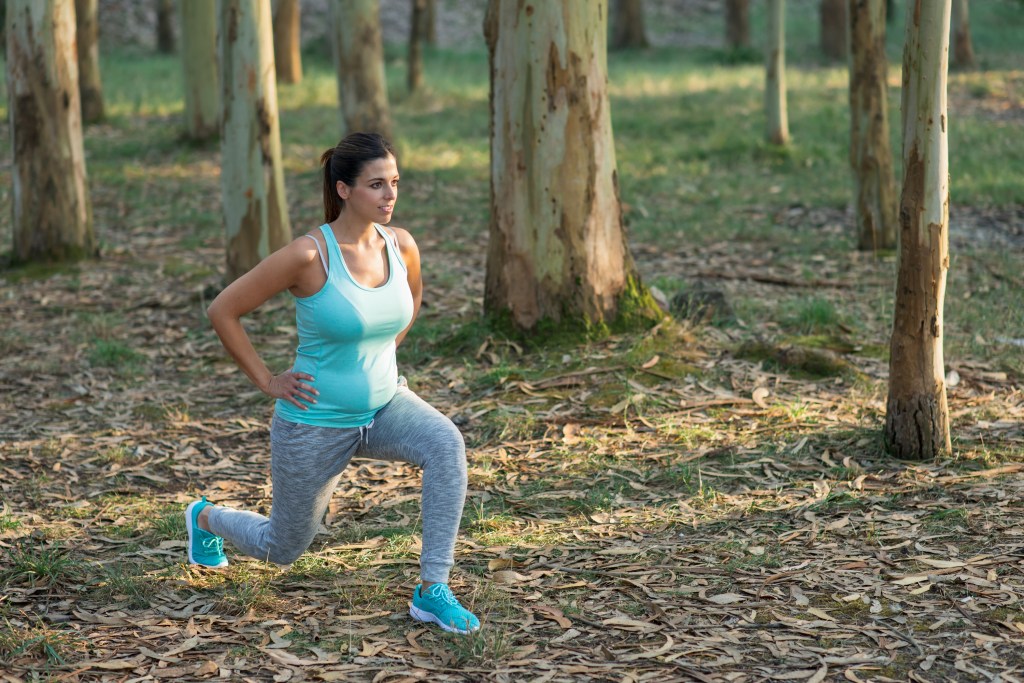Bringing home a new baby can be an overwhelming experience for any new mother, and often, many of us don’t pay enough attention to our own physical health because we’re so focused on the baby. While caring for a new baby is every mom’s first priority, pelvic floor health should also be something to pay important attention to, especially by doing Kegel exercises postpartum.
Many women wonder how soon after birth you can start Kegels: they can be done immediately in the case of uncomplicated vaginal deliveries. Kegels can benefit a woman at any time, but doing Kegel exercises postpartum can also help with a shorter recovery time, and who doesn’t want that? While most women have heard of Kegels, not everyone is doing them correctly. Here’s why it’s not only important to do Kegel exercises after childbirth but how to make sure you’re doing them properly.

What are Kegels?
Kegel exercises were named after gynecologist Arnold Kegel and are exercises designed to strengthen your pelvic floor muscles, according to Web MD. These muscles help with everything from preventing incontinence by supporting your bladder while also supporting your uterus, small intestine, and rectum. Kegel exercises are performed by contracting and relaxing the pelvic floor muscles several times a day.
How they can help a woman who is postpartum
Performing Kegels regularly has many benefits both before and after giving birth. Childbirth can impact a woman’s pelvic floor in many ways, and Kegels are often prescribed by healthcare professionals as a quick and easy way to help regain pelvic floor health. Pampers writes that Kegels can not only help prevent and treat urinary and stress incontinence, which is both the sudden urge to pee and loss of bladder control as well as leaking when sneezing or coughing, but they can also help strengthen the pelvic organs that can be potentially weakened due to vaginal birth.
While most women focus on leaking or loss of bladder control as one of the main reasons to strengthen their pelvic floor, Kegels can also strengthen your rectal muscles that help prevent other accidents postpartum.
How to properly do a Kegel
There are a few ways to tell if you’re contracting and relaxing the proper muscles when doing a Kegel. Many suggest stopping your urine stream while urinating to help determine which muscles you want to target. While this is effective, the American Pregnancy Association doesn’t suggest making this a habit as it could lead to weakened muscles or increase your chance of having a urinary tract infection. If you’re unsure if you are targeting the correct muscles, the APA also suggests inserting a clean finger into your vagina and contracting the muscles around the finger. If you feel a squeeze on your finger you’re contracting the correct muscles.
Kegels should always be performed with an empty bladder to prevent the risk of any urinary tract infections. First Cry Parenting suggests leaning slightly forward while sitting with a straight back to begin Kegels. Contract the pelvic floor muscles and hold for 8 to 12 counts. Release, then repeat 2 to 3 times. In the beginning, it may be difficult to hold for very long or to repeat the exercise as many times, but as you progress you should be able to hold the contraction for 10 seconds. You can also lay on your back to do your Kegel exercises as well if that’s more comfortable.
Women should start with shorter repetitions initially with the goal of increasing how many they can do as well as how long they can hold the contraction. The more you do Kegel exercises the longer you will be able to hold them. EMedicine suggests women aim to do three sets of 10-second reps daily.

Tips for doing Kegels
Kegel exercises have a number of benefits for women before, during, and after childbirth. Kegels are they’re easy to do and can really be done anywhere, but there are some tips to follow to ensure you’re doing them correctly. Pampers warns against straining or holding your breath while doing Kegels and keeping your abs, buttock, and thighs relaxed. Start off slowly if you’re new to Kegels, but remember that you’ll get the most benefit out of these exercises by doing them regularly.
It can be easy to forget to do your Kegels, but there are apps you can download that will remind you of a set schedule. The great thing about Kegels is you can do them at any time and basically anywhere, without anyone knowing you’re doing them.
Childbirth can be hard on a woman’s body, especially her pelvic floor, and Kegel exercises can really help with postpartum recovery. Of course, if you are concerned you’re not doing your Kegels correctly or they aren’t helping with any issues you may be experiencing, always reach out to your healthcare professional for further guidance.



